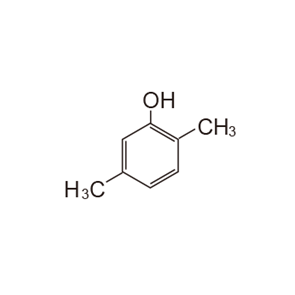Chemical Regulation and Compliance: Navigating Safety Standards
Chemical regulation and compliance are integral aspects of ensuring the safe handling, use, and disposal of chemicals. These standards are designed to safeguard human health, protect the environment, and promote responsible practices within the chemical industry. This article offers an in-depth exploration of chemical regulation, covering topics such as regulatory agencies, hazard communication, labeling requirements, and the vital role of compliance in maintaining a secure and sustainable chemical industry.
1. The Regulatory Landscape: Guardians of Safety
Regulatory agencies are responsible for establishing and enforcing standards that govern the production, storage, transportation, and use of chemicals.
2. Hazard Communication: Speaking the Language of Safety
Effective hazard communication involves conveying vital information about chemical risks and safe handling practices to workers and the public.
3. Chemical Labeling: Identifying Risks at a Glance
Clear and standardized labeling ensures that users can quickly and accurately assess the hazards associated with a chemical.
4. Material Safety Data Sheets (MSDS): A Wealth of Information
MSDS provide detailed information about the properties, hazards, and safe handling procedures for specific chemicals.
5. Compliance and Responsible Care: Upholding Standards
Compliance with chemical regulations is not only a legal requirement but also a moral and ethical imperative for safeguarding human health and the environment.
6. Environmental Regulations: Balancing Industry and Ecology
Environmental regulations govern emissions, waste disposal, and other aspects of chemical production to mitigate environmental impacts.
7. Occupational Safety: Shielding the Workforce
Ensuring the safety and well-being of workers is a cornerstone of responsible chemical management.
8. Global Harmonization: Standardizing Safety
Harmonizing chemical regulations across borders facilitates international trade and ensures consistent safety standards worldwide.
9. Emerging Challenges: Addressing Evolving Risks
As new chemicals and technologies emerge, regulatory agencies must adapt to address novel risks and ensure public and environmental safety.
10. Sustainability and Responsible Care: A Holistic Approach
The Responsible Care® initiative promotes a comprehensive commitment to safety, health, environmental stewardship, and continuous improvement in the chemical industry.
11. Innovation and Compliance: Pioneering Safe Practices
Advancements in technology and research play a crucial role in developing safer chemicals and more sustainable practices, aligning with regulatory goals.
In Conclusion: Balancing Progress and Safety
Chemical regulation and compliance are the cornerstones of a responsible and sustainable chemical industry. By adhering to established safety standards, companies contribute to a safer work environment, protect the environment, and build trust with stakeholders. Through ongoing collaboration between regulatory agencies, industry, and the scientific community, we can navigate the evolving landscape of chemical safety and ensure a brighter, safer future.
In Conclusion:
Chemical regulation and compliance are the cornerstones of a responsible and sustainable chemical industry. By adhering to established safety standards, companies contribute to a safer work environment, protect the environment, and build trust with stakeholders. Through ongoing collaboration between regulatory agencies, industry, and the scientific community, we can navigate the evolving landscape of chemical safety and ensure a brighter, safer future.
Tags: Chemical Regulation, Safety Standards, Regulatory Agencies, Hazard Communication, Compliance, Chemical Labeling, MSDS, Environmental Regulations, Occupational Safety










